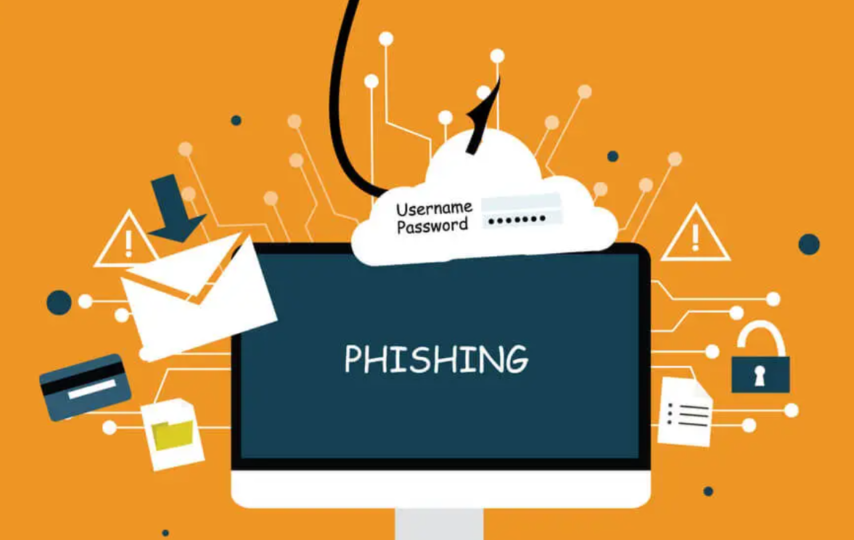Millennials, email security should be a top priority for you. Even though you may think your emails are unimportant, they actually contain valuable personal information that could be used by cybercriminals. Therefore, it’s essential to take the necessary steps to protect yourself from malicious emails.
In the points below, we’ll provide an overview of best practices for monitoring and responding to suspicious email activity.
How to Monitor Suspicious Email Activity
The first step towards protecting your emails is to keep an eye out for suspicious activity – here are some tips on how you can spot potentially malicious emails:
- Check the sender’s address – If the sender’s address looks unfamiliar or contains random numbers and letters, chances are it’s not a legitimate email.
- Look out for typos – Cybercriminals often use poor grammar and typos in their emails, as they may not be native English speakers or have limited knowledge of the language.
- Avoid clicking any links or downloading attachments – Unless you know for sure that the link or attachment is safe, avoid clicking on them as they could lead you to malicious websites or download harmful software onto your device.
- Use two-factor authentication – Two-factor authentication adds an extra layer of security by asking you to enter a code sent via SMS before allowing access to your account. This makes it much harder for cybercriminals to gain access to your account, as they would need both your password and the code sent via SMS.
Responding to Suspicious Email Activity
- Once you have identified a suspicious email, there are several steps you can take in order to protect yourself from potential cyberattacks:
- Delete the email immediately – The most obvious solution is simply deleting the email right away so it doesn’t cause any more trouble. However, make sure you don’t try and open any attachments first, as that could trigger further action from the sender.
- Report the sender – You can report suspicious emails by forwarding them directly to Google’s Spam Filters (spam@googlemail.com) or contact Google Support directly so they can investigate further.
- Update your security settings – Make sure all your accounts have up-to-date security settings such as two-factor authentication and strong passwords in order to prevent any additional attacks in the future.
- Notify contacts about suspicious activity – If someone close to you receives a suspicious email from one of your accounts, notify them right away so they know not to open it or click on any links contained within it.
Email security should be taken seriously by all millennials — no matter how trivial their emails may seem
Malicious emails can lead to serious problems down the line if left unchecked. Taking these simple measures will ensure that your online accounts remain safe from cyberattacks and other malicious activities that could compromise their security.
By following our detailed guide above, you’ll be able monitor and respond effectively when faced with suspicious email activity – keeping your digital identity secure at all times. Good luck and stay safe!








